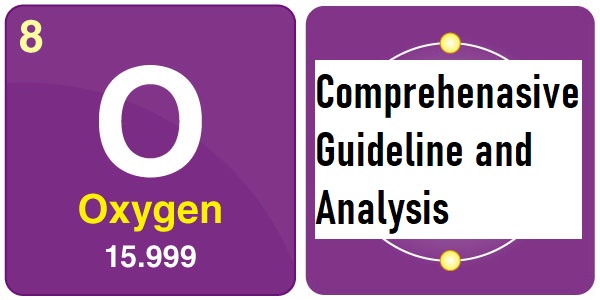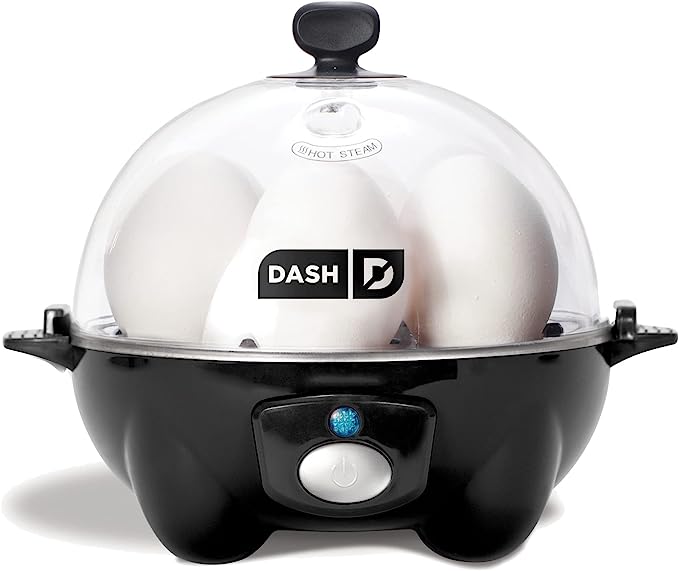- FREE Express Shipping On Orders $99+

What is Õygen? A Comprehenasive Guideline and Analysis
Oxygen is a highly reactive nonmetal, colorless, odorless, and tasteless gas that is essential to living organisms, being taken up by animals, which convert it to carbon dioxide. Oxygen forms the diatomic species, O2, under normal conditions and, as well, the triatomic species ozone, O3. Ozone is a powerful oxidizing agent, capable of converting sulfur dioxide to sulfur trioxide, sulfides to sulfates, iodides to iodine, and many organic compounds to oxygenated derivatives such as aldehydes and acids. Oxygen is used by complex forms of life, such as animals, in cellular respiration.
How is oxygen produced
Oxygen is primarily produced by plants through the process of photosynthesis, where they use sunlight, water, and carbon dioxide to create energy and release oxygen as a by-product. The ocean is a significant source of oxygen production, with roughly half of the Earth’s oxygen being generated by oceanic plankton, including plants, algae, and some bacteria, through photosynthesis. This process has over time given Earth an oxygen-rich atmosphere suitable for complex lifeforms. Therefore, the two main sources of oxygen production are terrestrial plants and the oceanic plankton.
The environmental factors that affect oxygen production
Several environmental factors can affect oxygen production:
-
- Photosynthesis
The process of photosynthesis, which is the primary source of oxygen production, is influenced by factors such as sunlight, water availability, and carbon dioxide levels.
- Nutrient levels
Increases in nutrient levels, especially nitrogen and phosphorus, can lead to decreased oxygen levels in aquatic environments. These nutrients are typically washed in from land or derived from fertilizers used for agricultural activities, increasing productivity and algae growth.
- Water temperature
Temperature can affect the rate of photosynthesis and respiration, which in turn can impact oxygen production.
- Light availability
Light is essential for photosynthesis, and its availability can influence oxygen production, especially in aquatic environments.
- Altitude
Oxygen production can vary with altitude, with higher altitudes generally having lower oxygen levels.
- Vegetation
The type and density of vegetation can impact oxygen production, as plants are the primary producers of oxygen through photosynthesis.
- Climate
Climate can also affect oxygen production, as it can influence factors such as temperature, precipitation, and wind, which can impact photosynthesis and respiration rates.
- Human activities
Human activities, such as deforestation, burning of fossil fuels, and industrial activities, can reduce oxygen production and increase oxygen consumption, leading to a decrease in atmospheric oxygen levels.
- Photosynthesis
Benefits and Features to use õygen
Oxygen has various benefits and features, including its essential role in supporting life and its wide range of applications. Oxygen is not only vital for supporting life, but it also has diverse industrial and medical applications, making it an indispensable element in various domains.
-
- Essential for Living Organisms
Oxygen is essential to living organisms, as it is taken up by animals for cellular respiration, where it is converted to carbon dioxide.
- Medical Applications
Oxygen is used in medical applications, such as in oxygen tents, inhalators, pediatric incubators, and as a component of oxygen-enriched gaseous anesthetics for life support during general anesthesia.
- Industrial Use
Oxygen is significant in several industries, including steel and metal manufacturing, chemical production, rocket propulsion, and in the treatment of liquid effluents.
- Environmental Benefits
Oxygen plays a crucial role in environmental processes, such as the treatment of sewage and the incineration of wastes in closed systems using pure oxygen.
- Oxygen Therapy
Oxygen therapy is a critical medical treatment that helps people with various respiratory conditions, such as COPD, emphysema, and sleep apnea, to maintain healthy blood oxygen levels, thereby supporting organ function and overall well-being.
- Essential for Living Organisms
The different types of oxygen therapy
There are several types of oxygen therapy, each with its own delivery method and purpose. Oxygen therapy is prescribed for people who cannot get enough oxygen on their own, often due to lung conditions that prevent the lungs from absorbing oxygen. The choice of oxygen therapy delivery system depends on the patient’s medical condition and oxygen needs. It is essential to follow safety measures when using oxygen therapy, as improper use can lead to complications.
-
- Oxygen Gas
Oxygen gas can be stored in portable tanks, called compressed gas systems, or in larger stationary concentrators for home use.
- Liquid Oxygen
Liquid oxygen is stored in tanks and can be converted to gas for use in oxygen therapy.
- Oxygen Concentrators
These devices pull oxygen from the air and deliver it through a nose tube (cannula), a mask, or a tent.
- Hyperbaric Oxygen Therapy
HBOT involves breathing oxygen in a pressurized chamber or tube, allowing the lungs to absorb up to three times more oxygen than normal.
- Compressed Gas Systems
These systems consist of a stationary concentrator for home use and a small oxygen tank for use outside the home.
- Portable Oxygen Concentrators
POCs are compact devices that can be carried by patients to provide oxygen on the go.
- Oxygen Gas
Liquid Oxygen Systems
These systems consist of a stationary concentrator or reservoir for use while the patient is in a specific location.



















